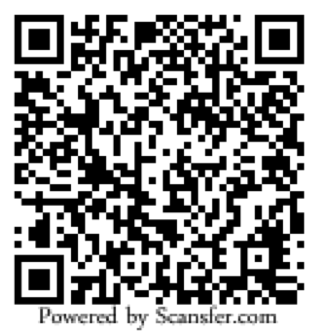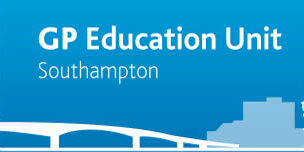
|
Authors | Institution |
|
Dr Bryony Sales Dr Samantha Scallan Ms Sue Crane Prof Johnny Lyon-Maris |
Wessex School of General Practice |
 |
|
||||||
| The Audio-COT (Consultation Observation Tool) a friend or foe? Assessment of GP trainers interest in and use of this clinical assessment tool |
The use of telephone triage and consultations in healthcare in the United Kingdom has increased in recent years, requiring General Practice (GP) trainees to develop telephone communication skills, in addition to face-to-face skills. It can be challenging for trainers to find ways to teach and assess telephone skills in a systematic way.
In 1995-6 just 3% of GP consultations were conducted on the telephone. By 2008-9 this had increased to 12% of consultations - equating to almost 36.5 million consultations in a year.1
This project piloted and evaluated an audio-COT (Consultation Observation Tool) which aimed to increase trainers’ confidence and competence in using this assessment tool with trainees.
Session description
Trainers completed a pre-session questionnaire to determine their awareness of the audio-COT, its perceived relevance for GP training and their confidence in teaching telephone consultations skills. Trainers attended a facilitated session, which included:
- Sharing telephone consultation teaching experience;
- Guidance on useful clinical models to use; and
- Potential equipment to support learning of telephone consultations.
Examples of audio-COTs, including scoring, were discussed within the group to consolidate learning and facilitate benchmarking. After the session trainers provided feedback and information about their subsequent use of audio-COTs. Trainees also provided feedback on their perception of the utility of the assessment.
Feedback
Trainers gave feedback using the TurningPoint voting system at the facilitated session. Trainers submitted their completed audio-COTs as well as giving feedback on their experiences, and suggestions for further development of the assessment tool.
Trainees completed feedback questionnaires. Questions concerned their current use of telephone consultations in practice, their confidence using the telephone as well as usefulness of the audio-COT tool.
No trainers had previously completed an audio-COT. There was unanimous agreement between GP trainees and trainers of the:
- Importance of learning/teaching telephone consultation skills;
- Usefulness of an audio-COT to facilitate learning and assessment in GP.
Trainees reported the telephone was integral to their work however they did not feel particularly confident at present in undertaking telephone consultations.
All trainers agreed that their trainees had benefitted from undertaking a formative assessment of telephone consultation skills. This agreement was echoed by the trainees.
An audio-COT is a welcomed additional educational tool to support development and provide assessment on the use of telephone in GP during training to ensure trainees have adequate supervised learning to prepare them for their GP career.
Next steps of the project are to expand the pilot study, exploring the difference between a telephone and face to face consultation tool along with further development of the concept and refinement of the assessment tool, working with trainers and trainees to create an effective, user-friendly supervised learning event ensuring patient safety and satisfaction.
The use of audio-COTs allows GP trainers an additional supervised learning episode to formally assess and develop the clinical competence of trainees’ telephone consultation skills.
The audio-COT has a potential application in other settings such as training for nurses undertaking triage/telephone consultations in primary care, as well as the expanding use of telephone consultations in the secondary care setting.
I would like to acknowledge the help and support of the GP trainers and trainees in Portsmouth; without that support, this project would not be possible. I would also like to acknowledge the support of the GP Education Unit in Portsmouth and Southampton, the Wessex Deanery and Winchester University as well as the Royal College of General Practice (RCGP) Work Placed Based Assessment core group for their support of this project.
1 The NHS information Centre (2009) Trends in Consultation Rates in General Practice 1995/1996 to 2008/2009: Analysis of the QResearch® database PDF
The QR code accesses a PDF handout to accompany this presentation.

 Send Email
Send Email




